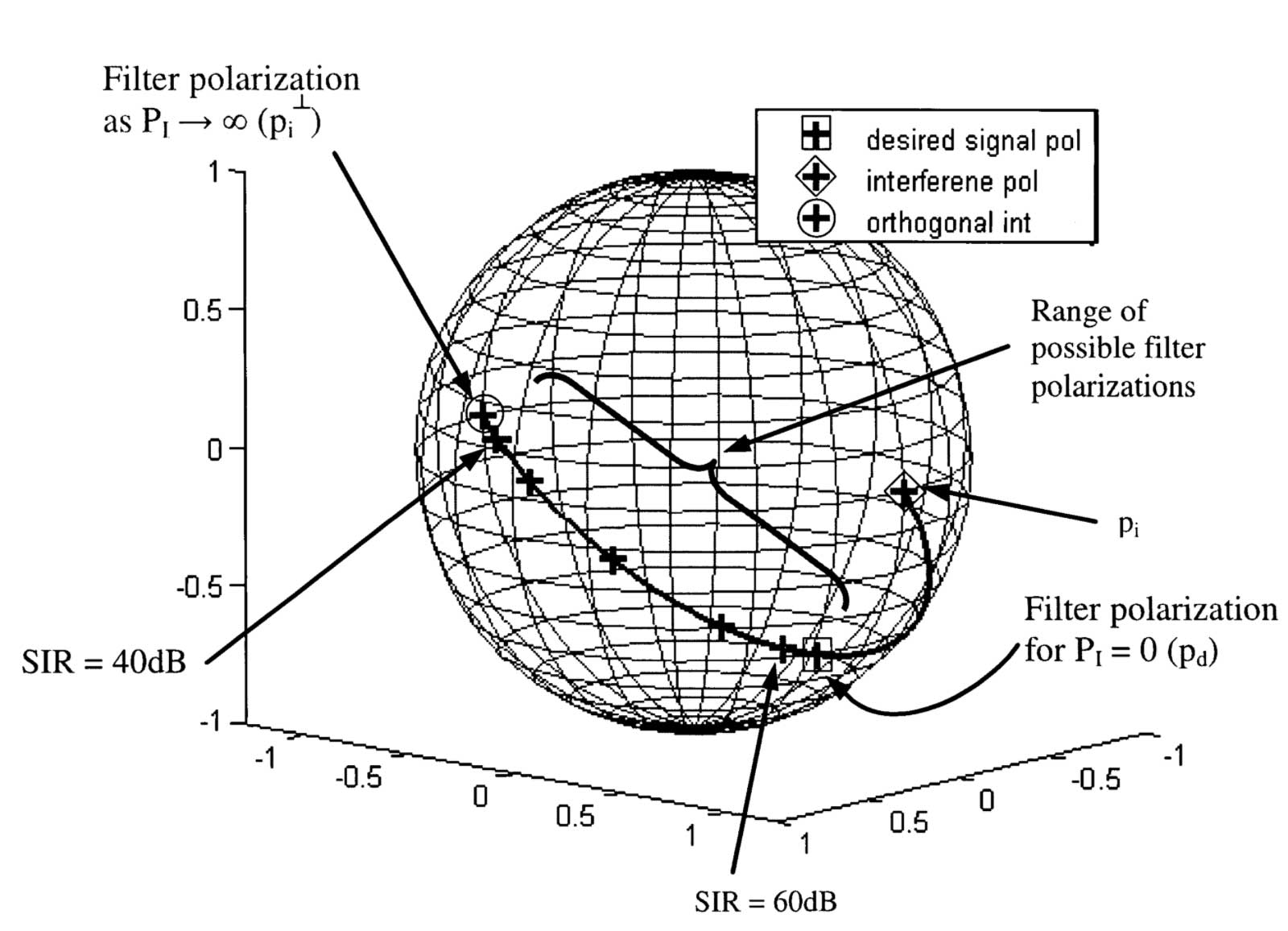This invention is a method for mitigating interference from wireless transmitted or received signals using polarization-based architectures. For a wireless signal that contains both a desired signal and an interference signal, researchers at Georgia Tech have successfully developed an approach to separate the interference signal from the desired signal by breaking the received signal into sub-bands and filtering each sub-band with a frequency-dependent polarization filter designed to suppress the corresponding interference component. This polarization-based method can be used to achieve frequency-dependent interference suppression with orthogonal frequency division multiplexing (OFDM)-based systems as well as systems employing other communications formats, such as code division multiple access (CDMA).
For OFDM, which is popular for multiple-input multiple-output (MIMO) systems, the method involves receiving OFDM signals via a dual-polarized antenna and forming channel estimates for the desired and interference signal components on each subcarrier of the received OFDM signal. It then computes minimum mean square error (MMSE) weights to maximize the signal-to-interference-plus-noise ratio (SINR). Using the polarization mode dispersion found in a typical wireless channel, this sub-band processing approach improves mitigation performance relative to full-band processing, which employs a single polarization filter across all frequency components. Instead, by optimizing the SINR as a function of the frequency component, this invention provides more effective polarization filtering solutions.
- Improves mitigation of co-channel interference: Particularly useful for OFDM-based systems, this method improves mitigation of co-channel interference in the frequency domain. By optimizing the SINR as a function of the frequency component, this method provides improved suppression performance relative to single polarization-filter solutions.
- Maximizes SINR: A set of frequency-dependent MMSE filter weights can be applied to suppress interference, which maximizes the SINR.
- Flexible: This method can be applied to OFDM, CDMA systems, and various other communication systems having different modulation formats that may or may not require additional processing.
- OFDM-based wireless communication systems, including MIMO systems often used in digital television and audio broadcasting, Wi-Fi®, digital subscriber line (DSL), cellular and other networks, and mobile communications
- Enhanced communications performance for:
- Smartphones
- Laptops
- Tablets
- Other wireless communications devices
Wi‑Fi is a trademark of the non-profit Wi-Fi Alliance.
OFDM is a widely adopted communications technique that is able to operate in challenging channel conditions, including multi-path, without the need for complex equalization filters. OFDM is employed in communications standards, such as digital television and audio broadcasting, Wi-Fi®, DSL, cellular and other networks, and mobile communications, and is often used in conjunction with MIMO systems. All of these uses are subject to the negative impacts of co-channel interference. Georgia Tech’s invention mitigates this signal interference to enable improved communications performance.

This is a graphical representation of weight vector polarizations for one OFDM sub-channel with signal-to-interference ratio levels ranging from approximately 60 dB to approximately 40 dB in approximately 5 dB steps.
